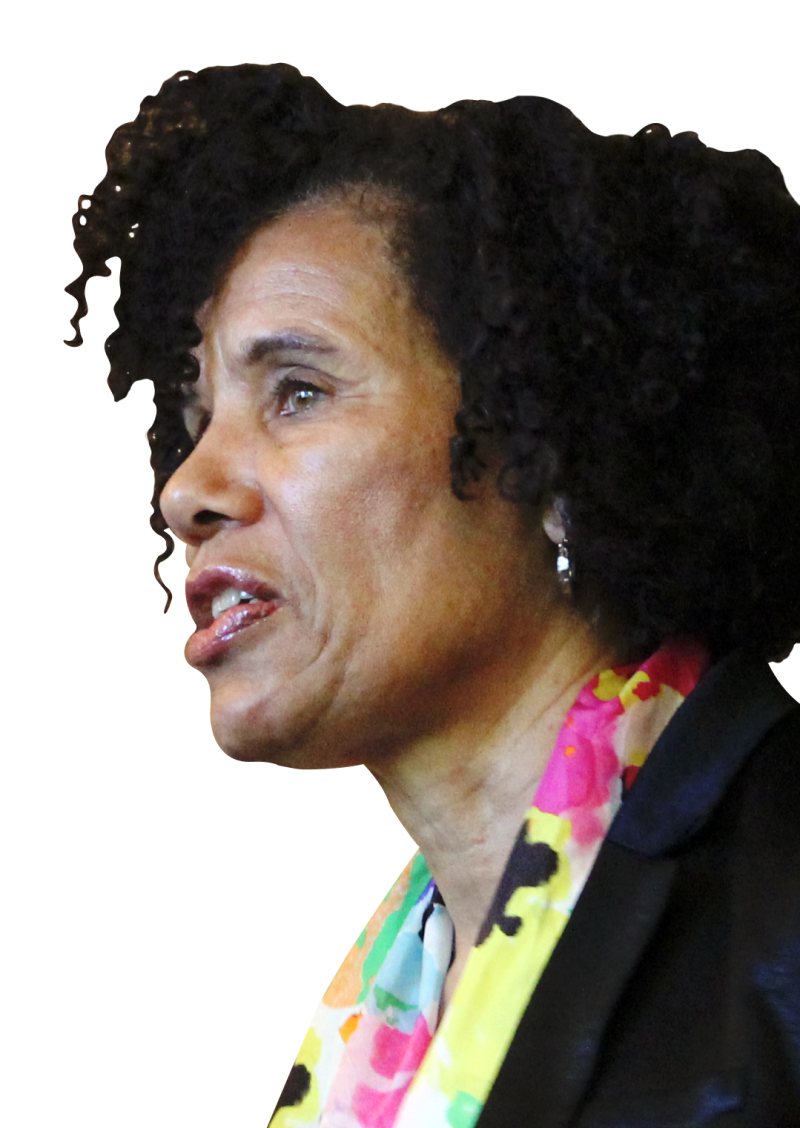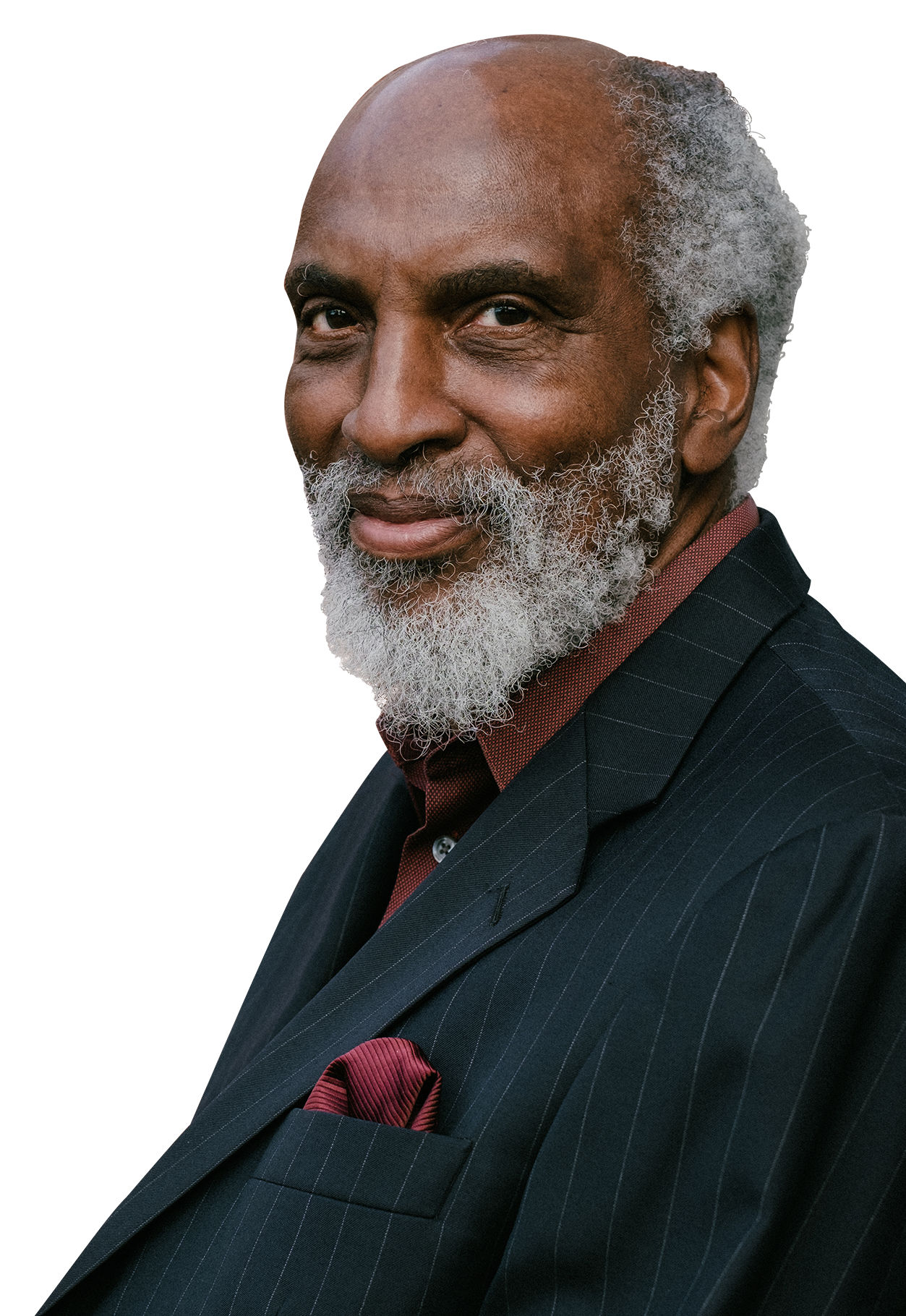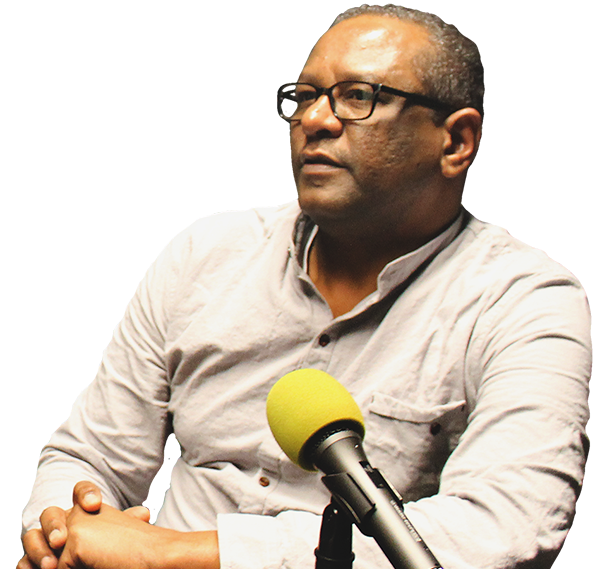
Othering and Belonging Institute’s Jose Richard Aviles reflects on their experience at “Queen Bey’s” Cowboy Carter tour performances in L.A., and how it helped them to radically imagine a new world.
I didn’t grow up with much country music—save one or two Dolly Parton songs and the occasional singalong to Lady Antebellum’s “Need You Now.” So when other kids asked what music I was into, I’d say, “I like all kinds of music, except country.” But in March 2024 I became a country music lover when Beyoncé dropped Cowboy Carter, the second installment of her long awaited three-act trilogy.
The record asserts itself as a paradigm-shifter and discussion-prompter even when compared to the rest of her discography. And although the record transcends genres, the artist herself describing it saying, “This ain’t a country album, it’s a Beyoncé album,” it swept the 2025 Grammys, winning both Country Album and Album of the Year.
So, when her Cowboy Carter Rodeo Chitlin Circuit tour came to Los Angeles’s SoFi Stadium for a five night stay this past spring, naturally, I went to three out of five shows.
After processing the majesty of her performance and production, I was struck by the visual effect of grandiose American symbols embedded throughout each night of the tour: the abundance of flags, the fashioning of red, white, and blue, and many other examples that I couldn’t get to. This left me wondering: is Beyoncé very openly asking us, as her audience, to rethink and reclaim our place as Americans?
What follows is less of a think-piece, and more so a series of curated reflections. There will be spoilers, so read at your own risk. Now, let’s dive into the true genius that is Beyonce Gisselle!
Fashion as a tool for world-building
First, we must talk about the fashion!
Fashion is a physical manifestation of our self-embodiment and the ways we wish others to perceive us in this “new world.” A world that is created by the fantasy of attending the concert which then becomes a speculative imaginary that extends beyond the reach of the concert–what influencers on social media call “the grief after attending a Beyoncé concert.”
The concerts I attended had major themes. They were definitely nights of “denim on denim on denim” and a lot of red, white, and blue. The Beyhive has a history of showing up and showing out. Everyone looked worthy of walking a high-fashion runway. There was an intentionality behind every outfit, from their silhouettes to color schemes to accessories. Each outfit was a manifestation of the freedom every attendee embodied as they sang, danced, and—let’s be honest—screamed. Every night was flooded with a sea of cowboys, cowgirls, and cowtheys (and a lot of American flags).
While I have no direct connection to American Western culture, I decided to adorn my outfit with my twist on queer rancho: my closest relationship to Western culture, derived from my Mexican background. In an era of concert-going that uplifts fans as creatives, attendee fashion has now become a form of extending the creative reach of an album into a material practice. While witnessing the Beyhive’s innovation, I began to wonder if fashion can be a technology for world-building. I saw and participated in that same technology applied to the Renaissance Tour in 2023 when fans curated queer techno-couture, rendered in silver, platinum, and chrome.
My friend and I had spent months thinking about our looks, from sharing mood boards to coordinating colors. I decided to collaborate with my friend and Mexican fashion designer, Nacho Jota “NJ,” who fashioned a look that honored both my queer aesthetic by playing into the illusion of a “cowthey.” We primarily focused on a play on denim without actually using denim, and based the look on previous silhouettes we’ve collaborated on. The outfit included denim capri pants with a denim vest, and a light blue blouse with a small pussy bow to tie it all together.
Opening Act of protest: An exercise in Radical Imagination
Like any good member of the Beyhive, my friend and I spent months theorizing about the tour’s setlist. We even went through a Beyoncé discography marathon trying to compile our own dream setlist, but I don’t think any of us were ready for the politically charged and astutely fashioned opening act of the show.
The Queen opened the show with a beautiful rendition of Cowboy Carter’s opening song, “American Requiem.” A beautiful group of dancers formed a procession, draped from head to toe in red veils, illuminated by two side spotlights to echo the angelic choral opening of the song. Beyonce’s silhouette appears — which is so instantly recognizable it serves as a testament to her unmatched presence as a figure and performer.
Queen B then continues with her cover of “Blackbird,” echoing Paul McCartney’s lyrical tribute toward Black women—specifically, trailblazers in the Little Rock Nine—by thanking all of the “blackbirds” before her that made her ascension as a star possible. There is a special moment in the song where she twirls freely, embodying a blackbird, free to live her truth.
The next song was surprisingly the Star Spangled Banner. At first, I couldn’t understand why she chose the National Anthem, but now I see this as an act of both rebellion and bridging. Folks around me took off their hats and sang the anthem with patriotism, and then there were also folks like myself, who didn’t sing the anthem but critically witnessed the politics of this performance. Her vocal performance soared above a rendition of the anthem played on electric guitar, later identified as an interpolation of Jimi Hendrix’s performance of the Star Spangled Banner at Woodstock in 1967.
At a time of mass protest against war and imperialism, many interpreted the distortion of Hendrix’s guitar as the sound of bombs dropping. As Beyoncé sang “ramparts,” her voice slowly slid down as the room flashed in red strobes, a nod to Hendrix’s musical activism and the similarities between the political climate and war protests between the sixties and the contemporary moment. Beyoncé then transitioned to the song “Freedom,” a clear reminder that America isn’t a place of universal freedom. Her song felt more like a rallying cry than a performance. Known for its provocative lyrics like “I’ma riot through your borders, call me bulletproof” and “freedom where are you? Cause I need freedom too!” This sentiment was only reinforced when the LED backdrop offered a visual that read, “Never Ask Permission for Something that Already Belongs to You.”
This opening act felt like a Sunday service, a homily of sorts.
She asserts that Black History is American History. It is also a reminder that Beyoncé is aware of the political climate in which she performs. For example, adding “Freedom” after her rendition of the National Anthem holds much more weight during a time where there is a rise in authoritarianism in America, so called civilian dressed “federal agents” kidnap immigrants, and sitting elected officials are detained and handcuffed simply for asking questions. Yet, at the same time, Beyoncé doesn’t ask us to rally against America. On the contrary, this opening act feels like an exercise of Radical Imagination. An exercise that invites us to contest our definition of America: an America where I, as a child of immigrants with both Mexican and Salvadorian backgrounds, can and should belong.
Visualizing the moment
One of the most difficult elements of radical imagination and world-building is the process of visualizing a new world. It is often difficult to conjure something without precedent. The Cowboy Carter Tour is as much visual production as performance. Unlike her Renaissance tour, this show felt like a live performance, a movie, and a theatrical spectacle simultaneously. Her visual choices included messages like “the revolution will not be televised…the revolution will be live,” and images like that of her in a statuesque position, mirroring the Statue of Liberty’s pose, adorned with a sash that read “The Reclamation of America” that partially concealed her nude form.
The tour featured a powerful range of vaudevillian vignettes. One, a visual of Beyoncé sitting in a room full of TV monitors, cuts to a close-up of her face, distraught as she seemingly confronts an inner turmoil. Another, a provocative image in which Beyonce has blue eyes, flashes the word “CONFORM” across the screen in bold red as she wipes away her blue eyes and makeup. While Beyonce is an outstanding performer, her background visuals enhance her spectacle through messages that critique the state of racialization in America.
Beyoncé doesn’t limit her visuals to representations of herself: she also uses her position as the best performer of our century to credit the countless Black artists and Black influences to American music, with black and white film footage of Black musicians spanning centuries backdropping her performances throughout the show.
Her visuals are a master class on Black ethnomusicology.
A witness to the transition of legacies
What felt especially important and beautiful in these Cowboy Carter tour performances is Beyoncé’s vulnerability. Not only do we get to witness her as the living legend that she is, but we also have the opportunity to see her as a mother. As lovingly baptized by the Beyhive, “Manager Blue,” Beyoncé’s firstborn daughter, is clearly running things on stage. Contrary to her brief cameo in the Renaissance Tour, Blue Ivy is one of the dancers participating in several numbers throughout the show: but she wouldn’t be Beyoncé’s firstborn if she didn’t have her moment to shine. Her solo performance of the iconic “Deja Vu” choreography is only a reminder that what we’re witnessing is the transition of cycles, the handing over of the baton.
I am guilty of placing Beyoncé on a pedestal, and I am comfortable with that decision.
I know that Beyoncé is not perfect, yet it is the performance of perfection that I can strive for as an artist and researcher. Seeing her children up on stage is a reminder that again she is a mother, and seeing this transition of legacies from Beyoncé to Blue Ivy and Rumi is something that I often think about, What is my legacy? And in the sociopolitical context that we’re living in: What is the legacy of America?
Beyonce: A conduit for bridging, belonging
The Renaissance trilogy feels like the beginning of Beyoncé’s retirement, and if this is true, she is beginning this transition with elegance and doing it on her own terms. The tour’s final visuals are a montage of her trajectory from her first group performance at 11 in the girlgroup Girl’s Tyme to her years with Destiny’s Child and her solo discography that followed. I cried during that montage, realizing that Destiny’s Child was the first girl group that I learned to love.The “Crazy in Love” music video was a highlight of my mornings before heading to school as a child.
There’s been a lot of talk about what act III will be, and I’m expecting a blues and rock n roll album. During one of the visual segments, Beyoncé appears in Elvis drag. Most know that the original “Hound Dog” was written by Big Momma Thorton and was appropriated by Elvis. In this new world— this reclamation of America— Beyoncé may cover “Hound Dog,” sampling Big Momma Thorton and giving her the platform she deserves, just as she uplifted and brought light to the work of Lynda Martell in “Cowboy Carter.”
The next American generation might only sing and remember Beyoncé’s rendition of Hound Dog, leaving Elvis’ appropriation behind. That would be a complete subversion of American culture, while rightfully giving credit to the Black history that has shaped American History.
Maybe that is the whole purpose of this tour and album: to right the wrongs and atone for the harm that this country has inflicted on the Black community and Communities of Color.
I’m excited to continue to witness the fashion, content, and joy of the Beyhive as the Cowboy Carter Rodeo Chitlin’ Circuit Tour continues on throughout the U.S. concluding at the Allegiant Stadium in Las Vegas.. I never thought I would say this, but I am excited for the Independence Day show that will occur in Washington D.C. I hope that everyone goes out to the show and sings in protest and in joy.
That night will cement Beyoncé as a conduit for bridging across differences, and for building a world where everyone belongs.
OBI summer fellows Anjali Pajjuri and Dylan Cleverly contributed to this blog.
Editor's note: The ideas expressed in this blog are not necessarily those of the Othering & Belonging Institute or UC Berkeley, but belong to the author.




